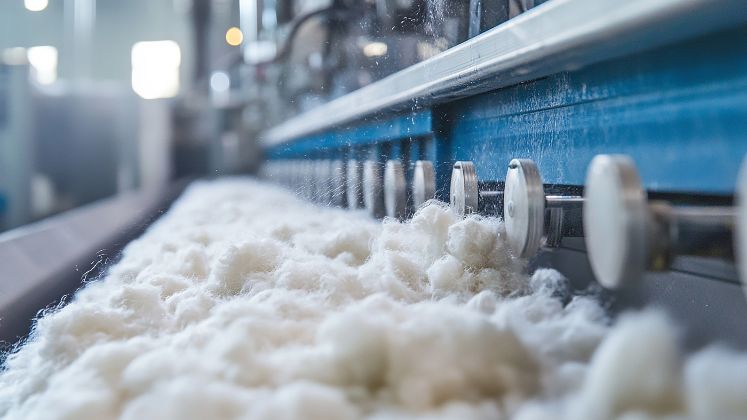
The United States Department of Agriculture (USDA) predicts that in the 2025–2026 marketing year, Bangladesh, the world’s second-biggest producer of ready-made garments (RMG), would remain the world’s largest importer of raw cotton.
The USDA’s latest report, titled Cotton: World Markets and Trade, indicates that Bangladesh is likely to import approximately 8.5 million bales of cotton in Marketing Year 26 (MY26), which begins in August. This marks an increase from about 7.5 million bales imported in MY24 and an estimated 8.2 million bales in MY25.
In comparison, Vietnam, another key player in RMG exports, is expected to import around 8 million bales in MY26. China’s imports are projected to be around 7 million bales, down from 15 million bales in MY24. Bangladesh has consistently ranked as the top cotton importer, with imports of 7 million bales in MY23 and 8.45 million bales in MY22.
The USDA’s Cotton and Products Annual report, released on 31st March, also highlights a slight increase in Bangladesh’s cotton imports in MY26, driven by rising demand for RMG products. Supporting this trend, Bangladesh’s RMG exports grew by 10.86 per cent year-on-year to US $ 30.25 billion in the July-April period of FY ’25, according to the Export Promotion Bureau.
At 37 per cent of Bangladesh’s imports, West African cotton currently accounts for the highest market share, followed by Brazil (17 per cent), India (23 per cent), and the US (9 per cent). For a long time, American cotton exporters have aimed to increase their market share in Bangladesh.
Despite recent tariffs imposed by the US administration, initially announced at 37 per cent and later paused for a 90-day period, Bangladesh’s importers have taken steps to increase US cotton imports. Bangladesh removed the twofold fumigation requirement for US cotton in early April, saving importers money and time. Experts and industry leaders, including Mohammad Hatem, president of the Bangladesh Knitwear Manufacturers and Exporters Association (BKMEA), have underlined that increasing Bangladesh’s imports of US cotton might assist close the trade imbalance and increase its negotiating leverage for duty-free access to the US market.
Hatem further emphasised that although Bangladesh produces only 153,000 bales of cotton locally on 45,000 hectares, less than 2 per cent of its total consumption, cotton is still an essential raw material for the spinning and knitwear sectors in the nation.
Overall, the USDA’s prediction highlights Bangladesh’s strategic significance in the global textile and apparel supply chain as well as its ongoing dominance in cotton imports.






